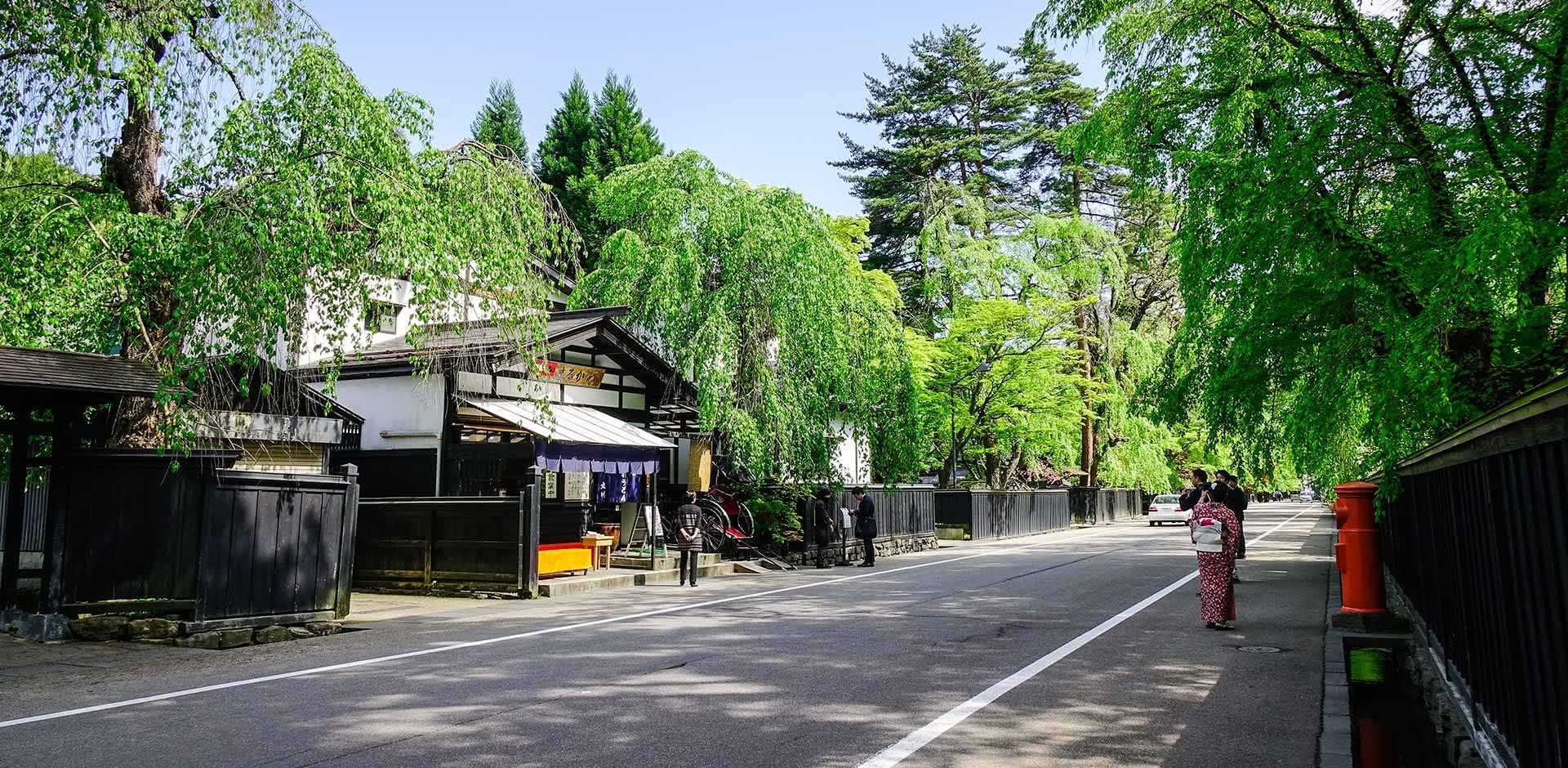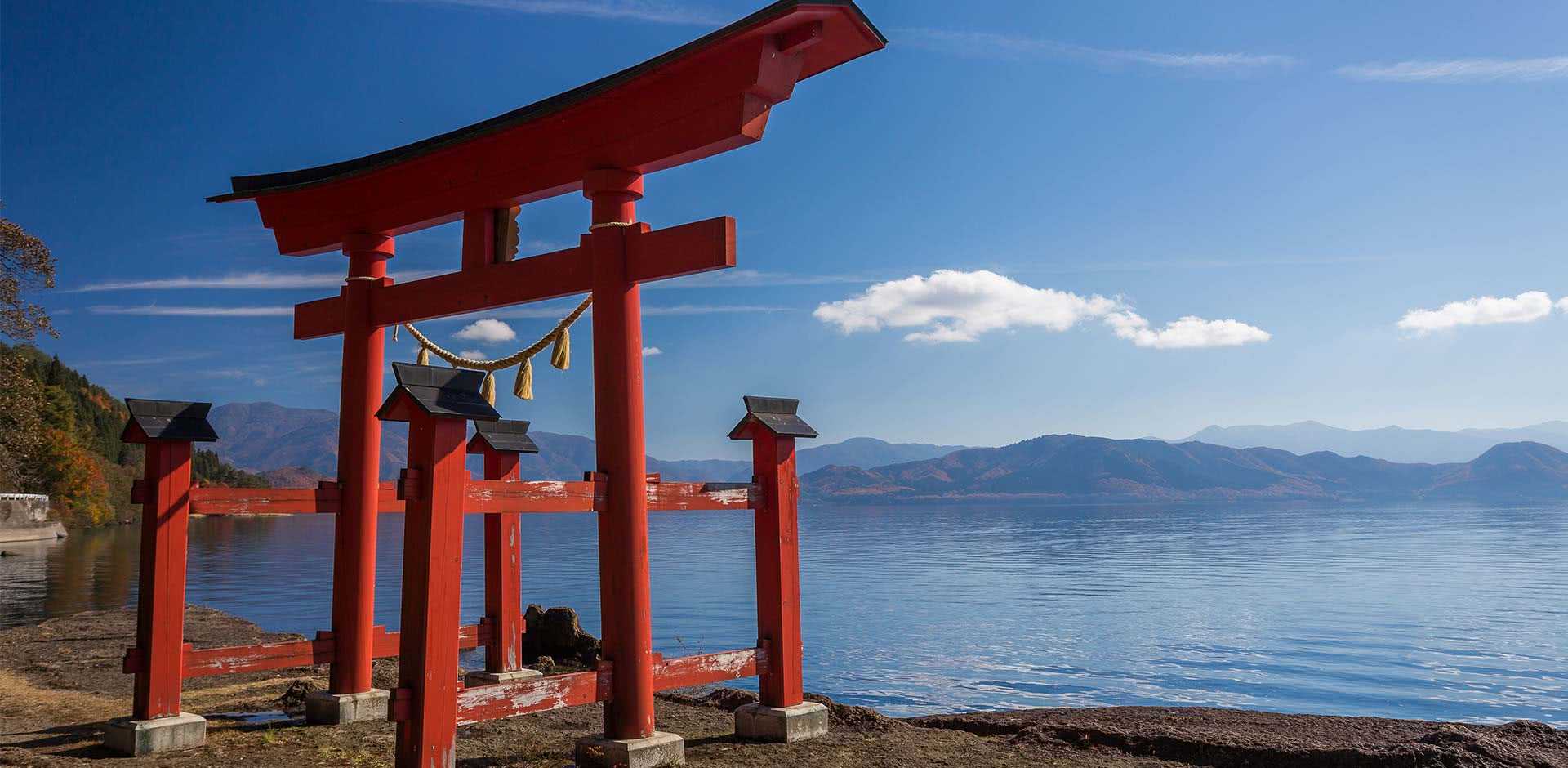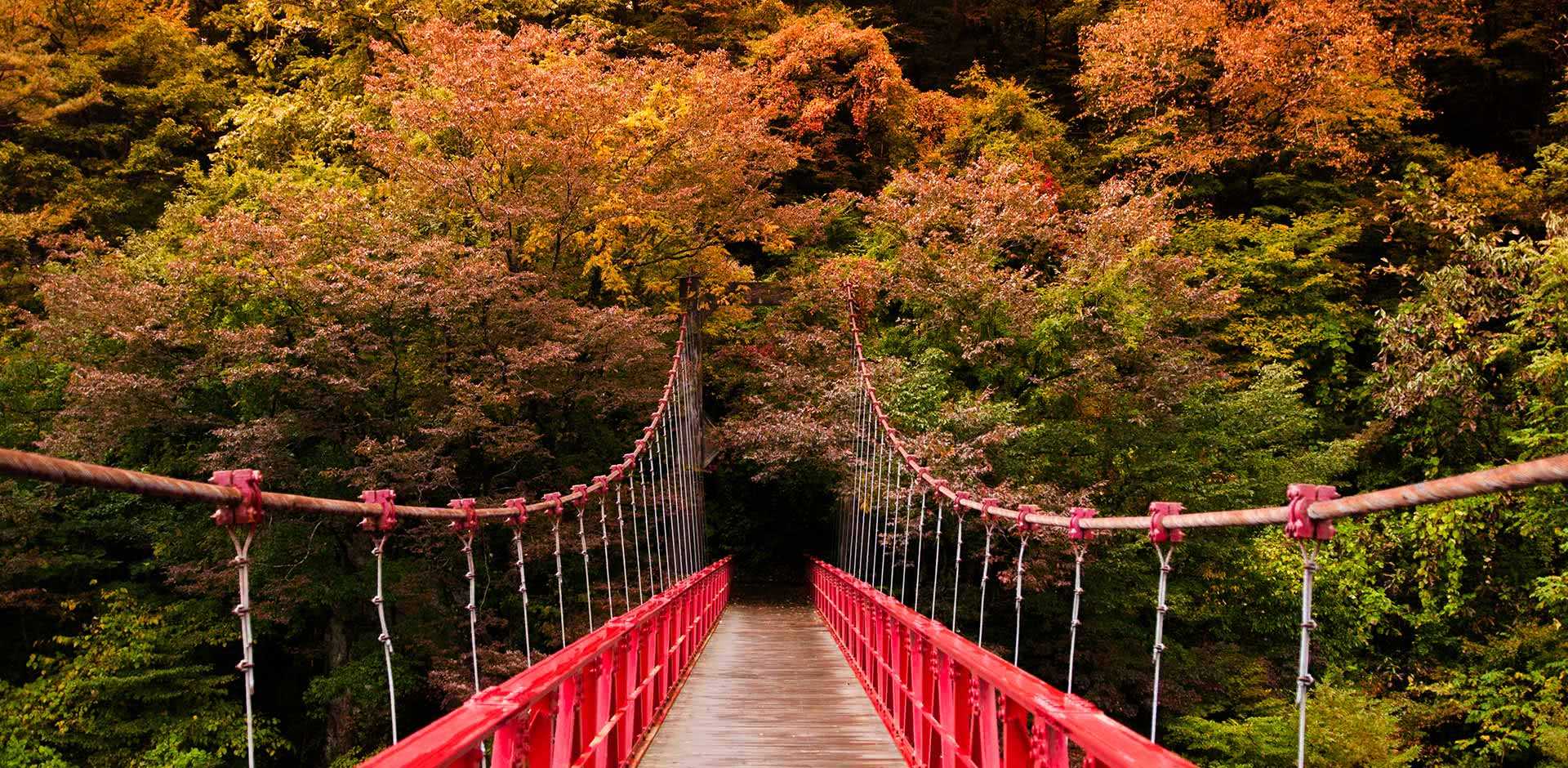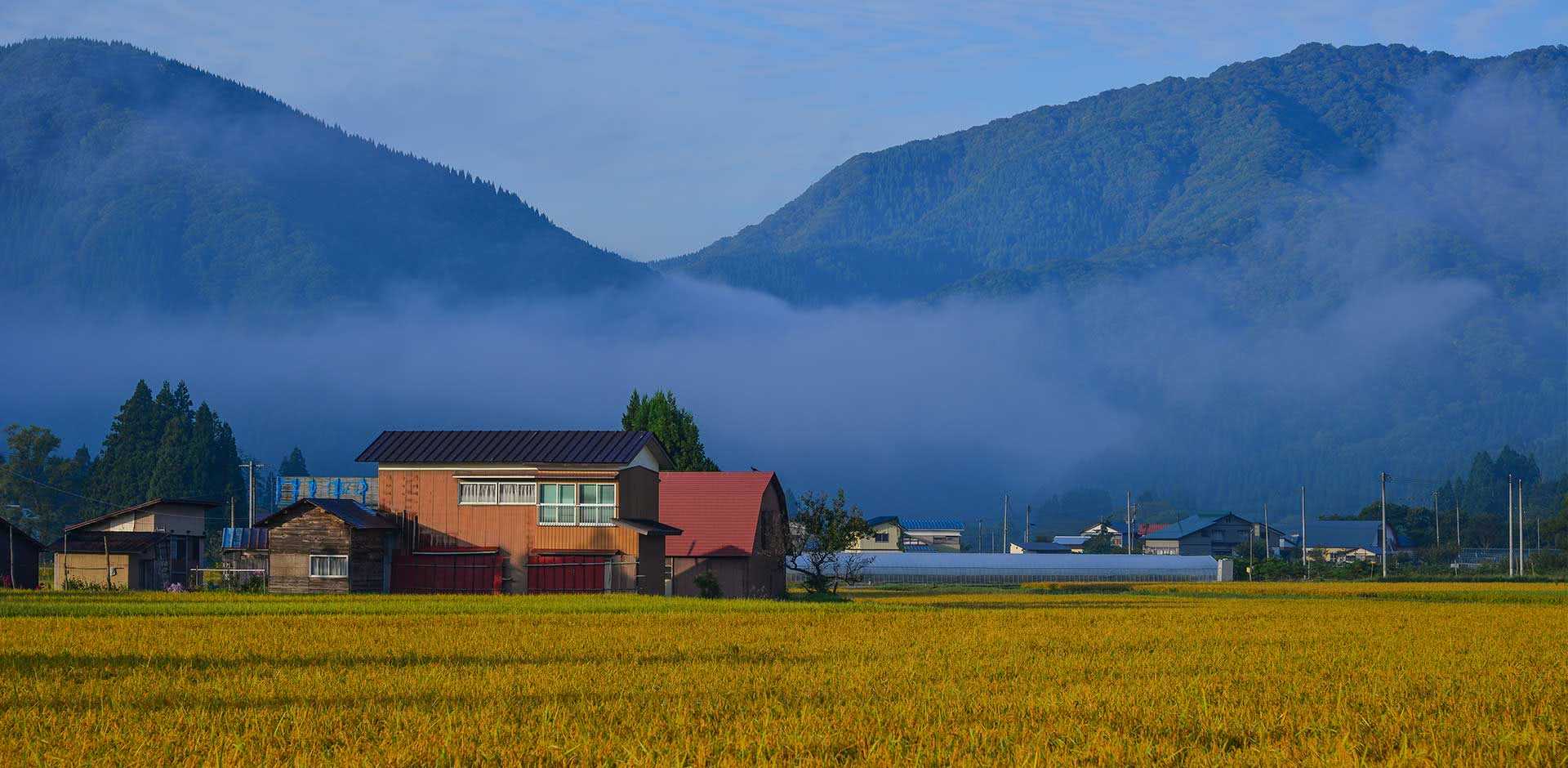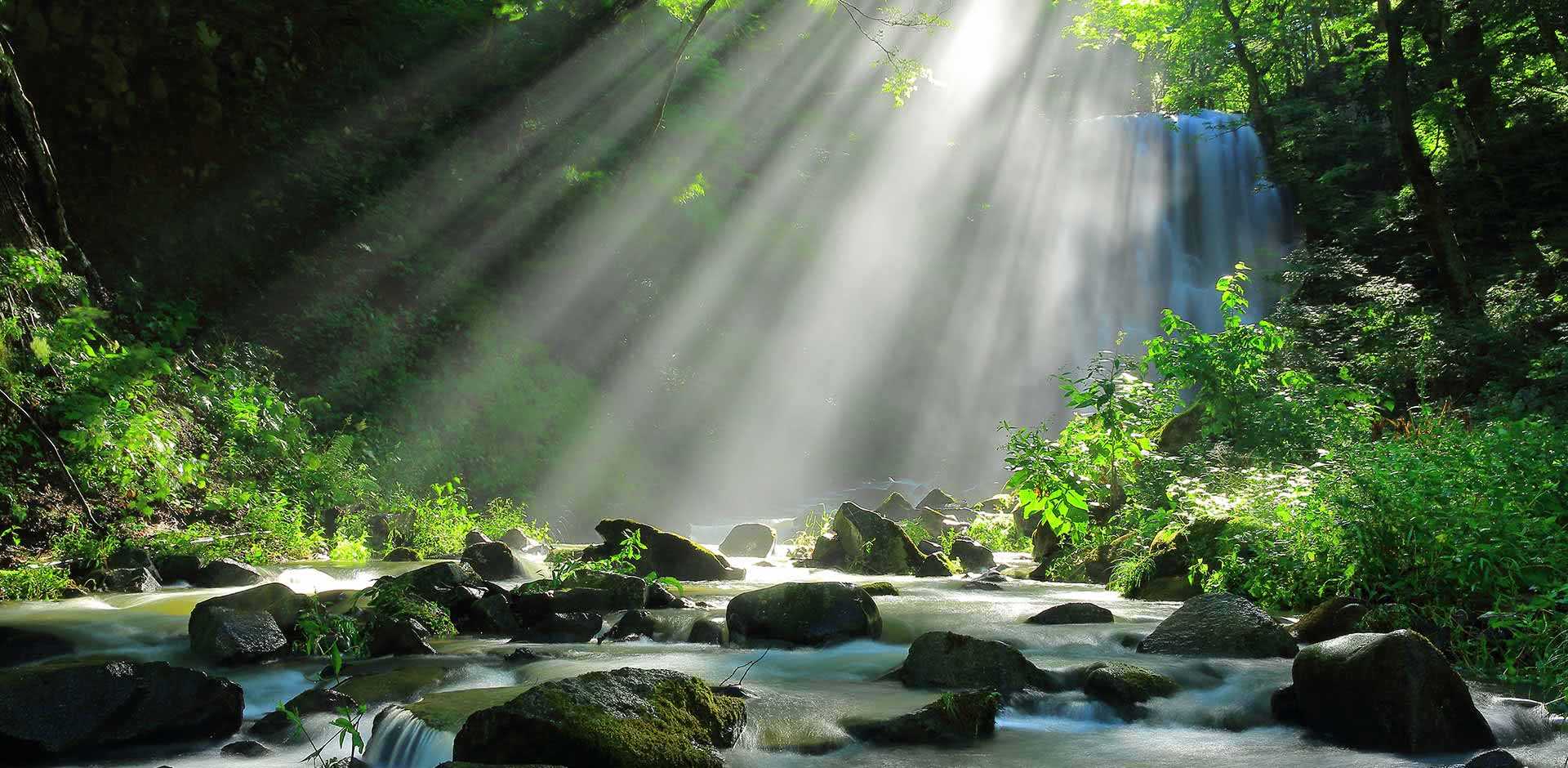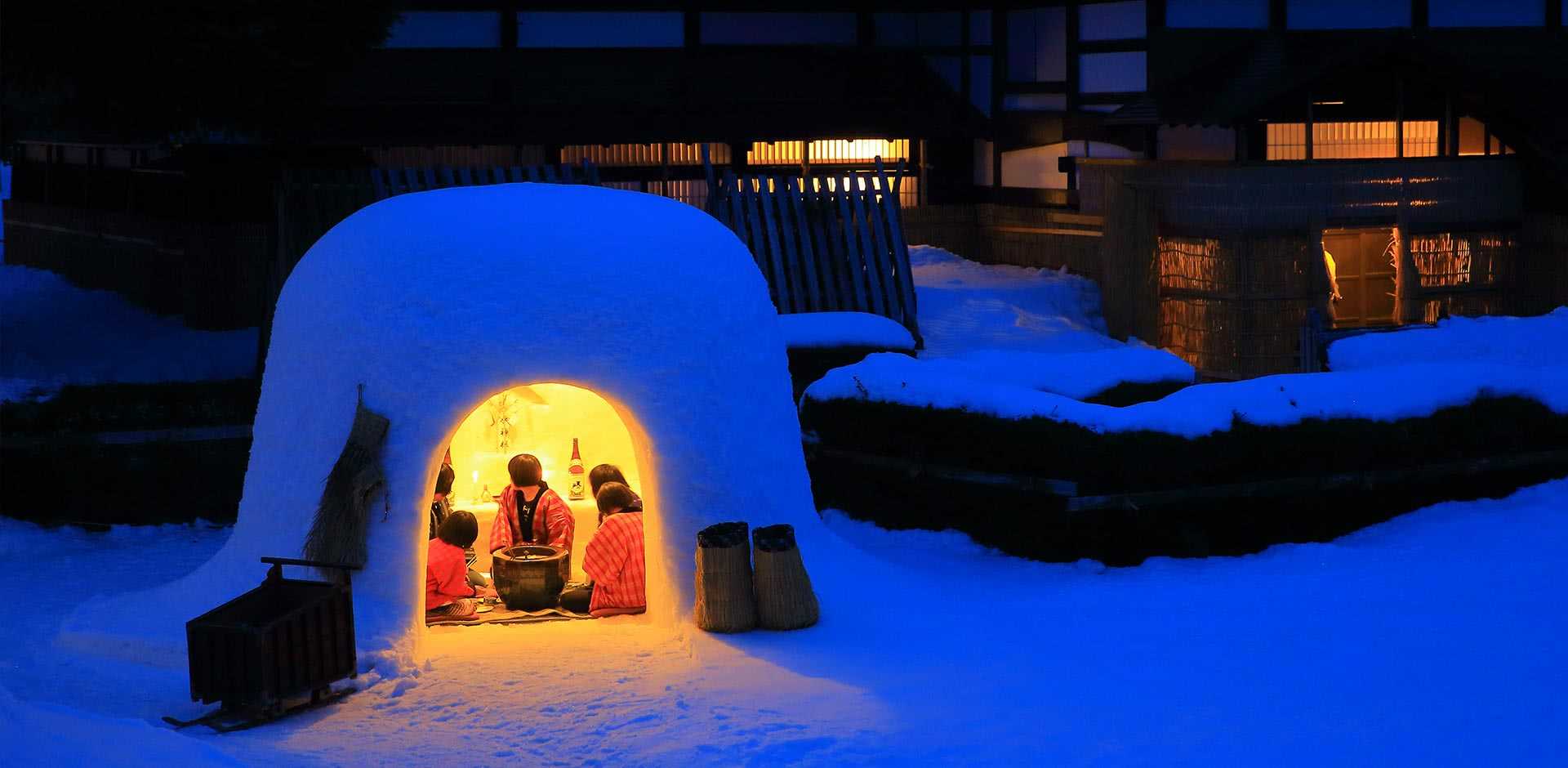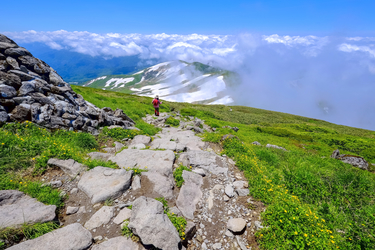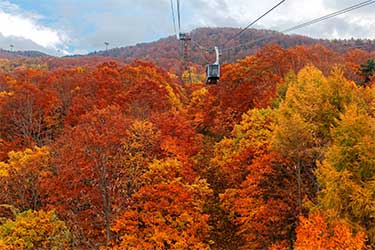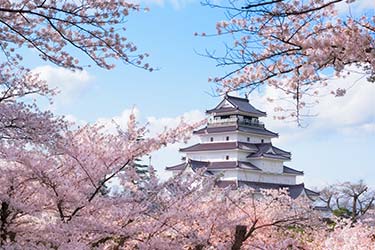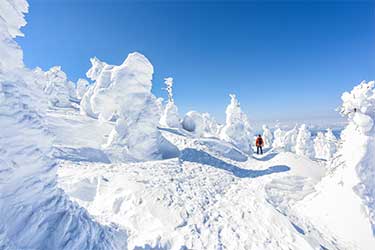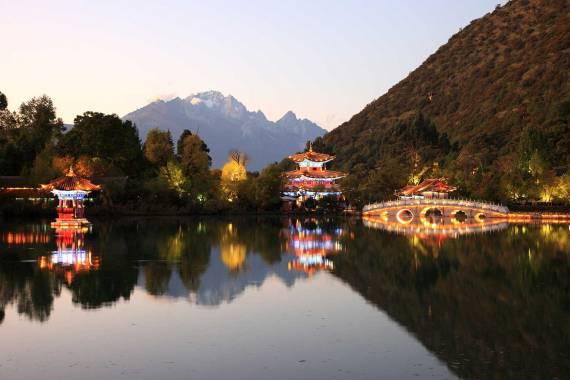Akita
Akita Prefecture is a mountainous land that borders the Sea of Japan. Its geography isolated it from mainstream Japanese commerce, politics, and culture for much of its history, and the first mention of Akita in historical records only dates to 658 CE. Today, the area of just over a million residents remains largely separated from the glitz of Japan's major metropolises and has widely earned a reputation for consuming the nation’s highest quantity of sake. A combination of sprawling rice fields, impressive mountainous landscapes, and intangible cultural sites today draws tourists to this often-overlooked gem of Japan.
Along the prefecture's eastern border run the Ou Mountains while the Dewa Mountains cut a parallel line through its center, producing dramatic landscapes throughout the region. Among the many treasures hidden in Akita’s mountainous reaches is Lake Tazawa, a picturesque crater lake that is the deepest in Japan. Another popular destination for hikers and nature enthusiasts is Shirakami Sanchi, a UNESCO World Heritage primeval beech forest. Below the mountains lies Kakunodate, the most popular tourist destination in Akita. This quaint town has been deemed the “Kyoto of the North” for its abundance of weeping cherry trees and its well-preserved samurai quarters.
Experiences
A handpicked selection of experiences endorsed by our experts. If you can’t see what you’re looking for, let us know, as our extensive network of local contacts can open many doors.
Kakunodate Castle Town
While Kakunodate is a "castle town," today this is true in name only. A castle did stand on the town's central Mount Furushiroyama hundreds of years ago, but it was demolished in 1620 by a Shogunal decree. Be sure to make your way over to the Uchimachi samurai quarter, widely regarded as Kakunodate's main place of interest. Located 15-20 minutes north of the train station, this quarter is home to several wooden samurai houses and gardens that have been meticulously preserved. Some have been made into museums and are open to visitors. The Ishiguro Samurai House is particularly notable. Built in the 19th Century, it boasts an impressive collection of maps, books, pottery, tools, and swords. A number of restaurants serve local fare near the samurai quarter, and visitors should be sure to check out the regional delicacies that include pickles, miso, fermented soybeans, and sake. For a truly traditional miso tasting experience, consider visiting the Ando Miso Soy Sauce Brewery in the merchants’ district. The brewery was established in 1853 and features an interior with tatami-mat floors, wooden furniture, and hand-painted sliding doors.
Dakigaeri Gorge
The Dakigaeri Gorge is known for its distinctive blue mountain stream that flows through a primeval forest of verdant green leaves replete with small waterfalls. It is an ideal place for a memorable nature walk, and it has both the scenery and the infrastructure necessary to ensure that guests can enjoy a truly peaceful experience. Tourist visitors to the gorge can explore it through old logging trails consisting of tunnels and bridges that hug cliff edges and bridge the iridescent blue river. The trail begins with a suspension bridge that beautifully frames the gorge and ends with the impressive Mikaeri Waterfall. Along the five-mile-long path, sightseers can also look out across rapids and sensational rock formations.
Lake Tazawa
Lake Tazawa is a picturesque caldera lake with sapphire blue waters that, at 1,388 feet to the bottom, is the deepest lake in Japan. In the summer, the area can be enjoyed by bike. Over 12 miles of mostly level roads encircle the lake, and bikes can be rented on-site. The lake can also be experienced via scenic boat rides, which float past beautiful vistas of the surrounding scenery and take you close to attractions like the statue of Tatsuko and the Gozanoishi Shrine on the northern shore.
Akita Museum of Art
Located in the prefectural capital, this museum originally opened in 1967 but moved to a new building in September of 2013. The current triangle-shaped building was designed by award-winning architect Tadao Ando and features striking aesthetic touches like a freestanding cement staircase and a skylight. The museum contains two galleries that feature rotating exhibitions, but it is renowned for the contents of its permanent main exhibit: a collection of works by Tsuguharu Foujita. This Japanese painter often went by the name of “Léonard.” He famously applied Japanese ink techniques to Western-style paintings, and he also produced a book of cat etchings that has been lauded as "the most popular and desirable book on cats ever published." Additionally, he produced a giant mural measuring 12 feet tall and 67.25 feet wide that depicts festivals and life in Akita throughout all four seasons.
Aoyagi Samurai House
The Aoyagi lineage can be traced back to the 16th Century when Aoyagi Touemon, founder of the family, became a vassal of the local lord in 1570. The family’s regional influence continued to prosper throughout the subsequent eras, amassing a massive manor filled with invaluable historical items. In 1989, the manor was converted into a museum, giving guests an intimate look into traditional samurai culture. Authentic historic utensils, clothing, toys, hanging scrolls, pictures, and documents are on display, all of which are originally the property of the Aoyagi house. Especially of note are the displayed medical illustrations of Odano Naotake, which constitute Japan's first modern guide to human anatomy. No items on display have been imported from other sites, and the museum has been designated an important cultural property by the national, prefectural, or municipal governments. Guests are free to meander through six galleries and a beautiful garden that covers more than 100,000 square feet. The may also explore the traditional architecture, hold authentic samurai swords, or listen to a 100-year-old gramophone. There is an on-site shop, tea room, and an udon noodle shop with 350 years of history.
Hiking
Japan is a nation of nature lovers, so hikers have no shortage of options to choose from if they want to get out of the cities. That said, much interaction with the outdoors has been shaped and curated by years of habitation, and untouched nature is somewhat difficult to find. This is where Shirakami Sanchi comes in. This virgin forest was not only spared from humans but from glaciation as well, as two million years ago many of Japan's forests were decimated by continental glaciation, and Shirakami Sanchi was spared. The result is a truly unique, primeval beech forest nestled among deep valleys and steep slopes punctuated by waterfalls. In 1993, UNESCO deemed the 42,000-acre expanse of virgin forest a World Heritage site, and it is a paradise for hiking enthusiasts. Explorers with a taste for the romantic can journey up to the park’s highest point, Mount Shirakami, at 4,421 feet above sea level, and enjoy the incredible vista; and then there is the Anmon Falls, a collection of three waterfalls that are just a 90-minute hike from the trailhead. There is also the Juniko (twelve lakes), which is noted for Aoike, a lake with a uniquely blue shade of water, and the Nihon Canyon, which has been dubbed Japan's "Miniature Grand Canyon."
Japan Regions
Explore in-depth information, experiences and highlights by navigating to specific regions using the links below.
Hokkaido
Kyushu
Honshu
Southern Islands
Shikoku
Tohoku
- Akita
- Aomori
- Fukuoka
- Fukushima
- Hakone
- Hiroshima
- Iwate
- Iya Valley
- Izu Peninsula
- Kagoshima
- Kamakura
- Kanazawa
- Karuizawa
- Kirishima
- Kobe
- Kotohira & Takamatsu
- Kumamoto
- Kyoto
- Lake Shikotsu
- Lake Toya
- Matsuyama & Imabari
- Mie
- Miyagi
- Muroto
- Nagasaki
- Naoshima & Seto Inland Sea Islands
- Nara
- Nikko
- Niseko
- Okinawa
- Osaka
- Sapporo
- Tokyo
- Yakushima Island
- Yamagata
- Yokohama
Akita Itineraries
- Duration
- 12 days / 11 nights
- Price Per Person
- From $24,300
- Duration
- 8 days / 7 nights
- Price Per Person
- From $15,300
- Duration
- 14 days / 13 nights
- Price Per Person
- From $27,300
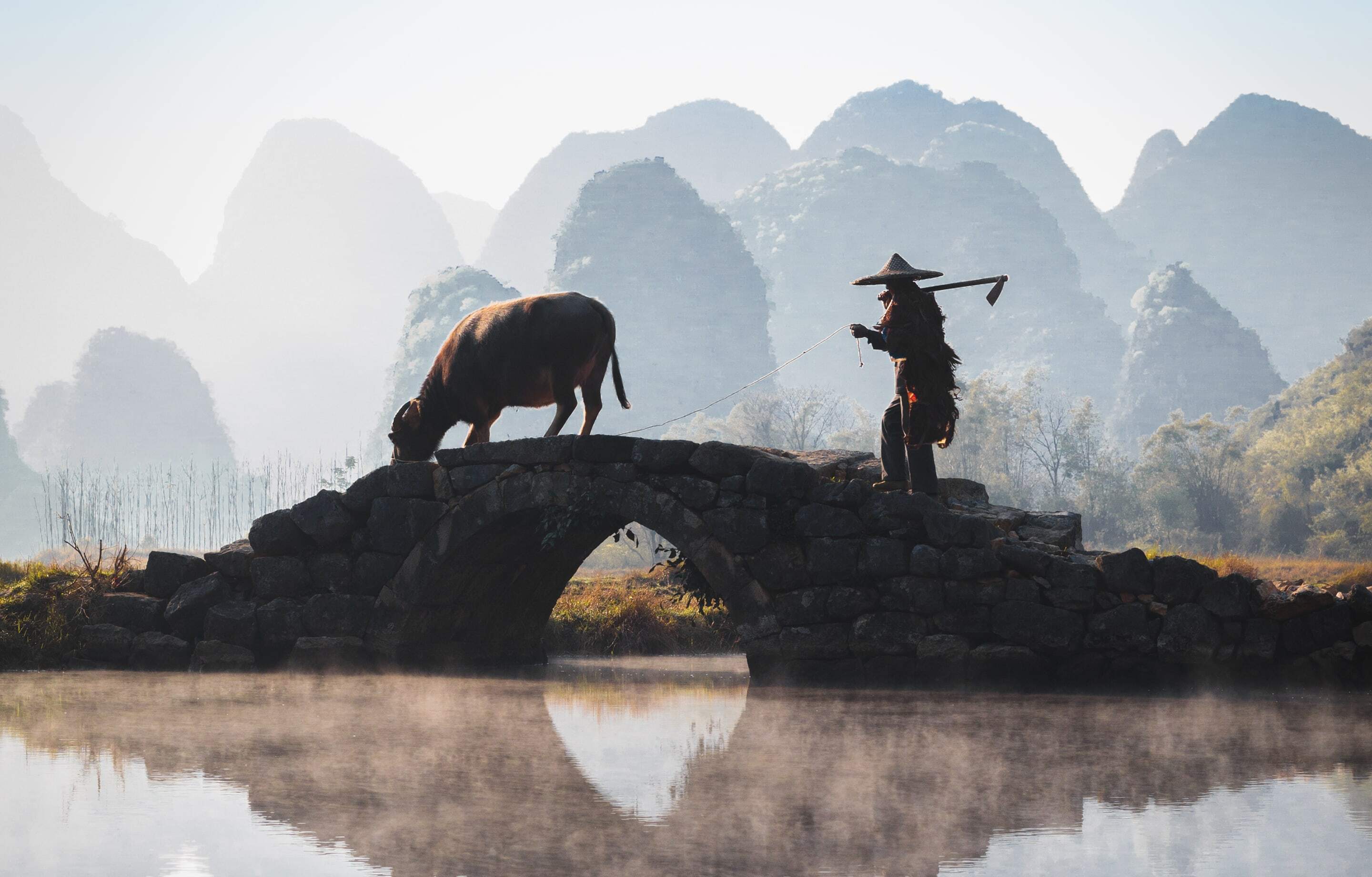
Exclusively Asia
With Remote Lands you'll travel with people who have made Asia the solitary focus of their own lifelong adventure. As our guest, you'll discover Asia on a journey that is completely, authentically your own, adapted from our own remarkable experiences and adventures over the years.
With Remote Lands you'll travel with people who have made Asia the solitary focus of their own lifelong adventure. As our guest, in the continent that our north American founders Catherine and Jay have adored and explored for decades, you'll discover Asia on a journey that is completely, authentically your own, adapted from our own remarkable experiences and adventures over the years.
Travelogues
An Asia-focused magazine brought to you by Remote Lands - a platform for adventure, luxury, and authenticity from experts and explorers around the continent.
Five Things to Know About Watching Baseball in Japan
- Author
- Travelogues
Heal Your Soul: 5 Journeys Through Japan for Your Wellbeing
- Author
- Travelogues
Naohito Ise: Japan National Tourism Organization on Post-Covid Travel
- Author
- Travelogues
What Others Say
Here is a small selection of the kind words our clients have said about us recently.

A couple from Holland - Aman Jet Expedition, Spring 2016
People keep asking us which country we enjoyed the most, it's very hard to say, there were special experiences everywhere.
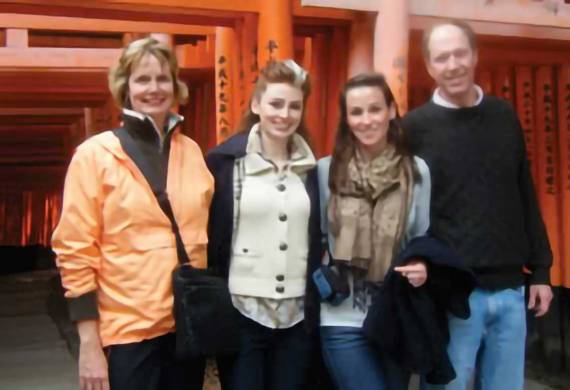
Family from Minneapolis
Our family's trip to Japan was extremely well planned and well executed, on very short notice... Hats off to you!
